If you’re self-employed and have a Solo 401(k) with no employees other than your spouse, you may be required to file IRS Form 5500-EZ. Unfortunately, this is one of the most commonly overlooked requirements we see in financial planning, especially among business owners managing their own retirement plans.
Missing this filing can lead to hefty IRS penalties of up to $150,000, so it’s important to know the rules.
When Are You Required to File Form 5500-EZ?
You must file Form 5500-EZ if your Solo 401(k) plan’s total assets exceed $250,000 as of December 31st of the prior year.
This includes:
- Your contributions
- Your spouse’s contributions
- All investment gains or losses
✅ Example: If your Solo 401(k) balance hits $250,001 on December 31, 2024, you’ll need to file Form 5500-EZ by July 31, 2025.
Once your balance stays above the threshold, the filing requirement continues every year thereafter.
What Happens If You Forget to File?
Here’s the scary part: the IRS can impose a penalty of $250 per day, up to $150,000 per plan.
To make matters worse, many brokerage firms do not:
- Alert you when your assets exceed $250,000
- Remind you to file by the July 31 deadline
That means the burden is 100% on you to stay compliant.
Late Filer Relief Program
The good news? The IRS offers a Delinquent Filer Voluntary Compliance Program (DFVCP).
- If you file before the IRS contacts you → your penalty is capped at $1,500.
- If you wait until the IRS reaches out → you could owe the full penalty.
4 Steps to Stay Compliant
Here’s what we recommend:
- Track Your Balance every December 31 to see if you’ve crossed the $250,000 threshold.
- Set a Reminder to file Form 5500-EZ by July 31 each year.
- Use Tax Software or a Professional to file accurately… don’t guess.
- Keep Good Records of your contributions and year-end balances.
Final Thoughts
Solo 401(k)s are one of the most powerful retirement savings tools for the self-employed. But with that power comes responsibility, and Form 5500-EZ compliance is a must.
Don’t let an overlooked filing cost you tens of thousands of dollars in penalties. Stay proactive and protect your retirement dollars.
👉 If you’d like help reviewing your Solo 401(k) or ensuring your filings are on track, reach out. We’re here to help.

